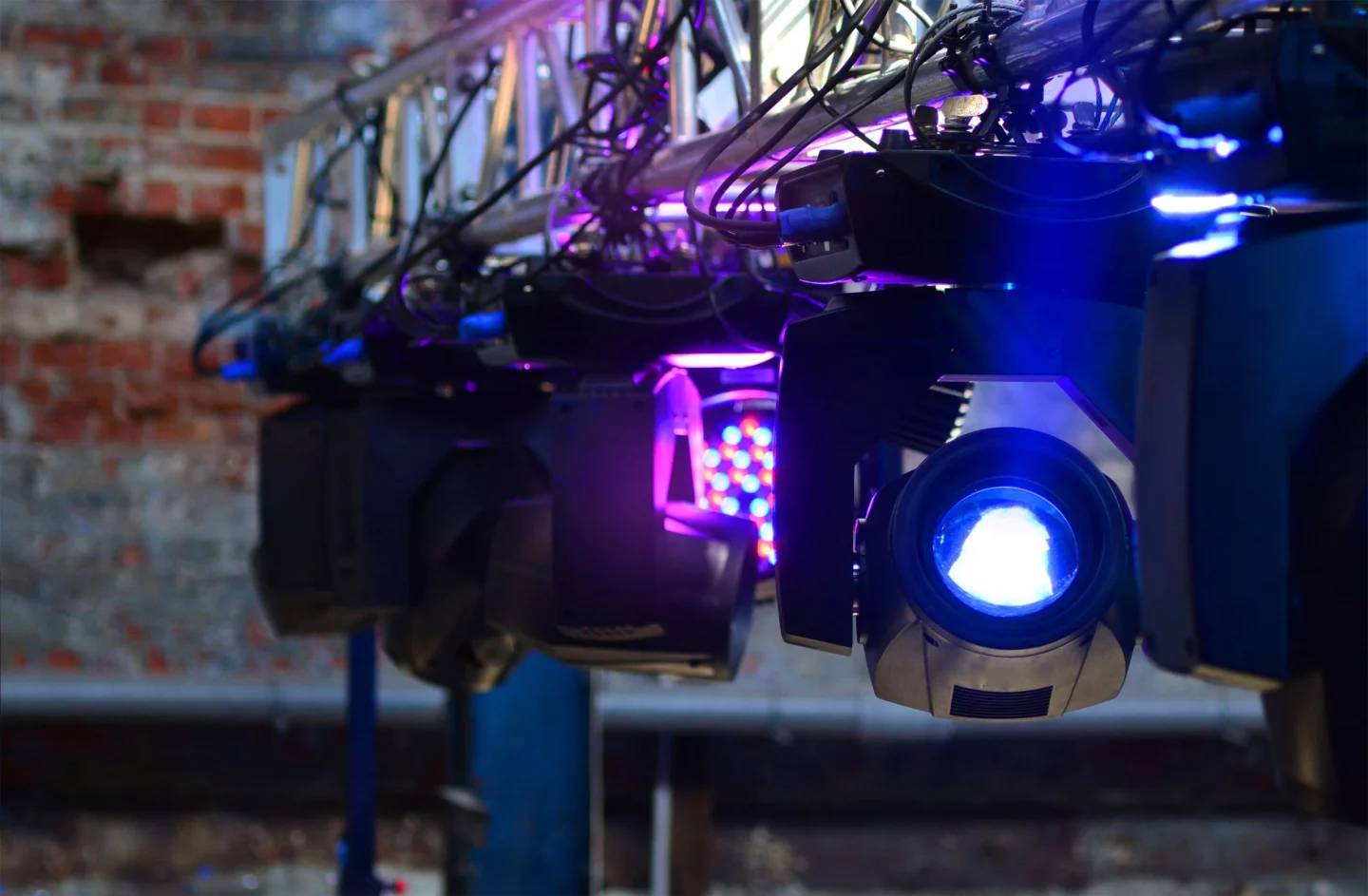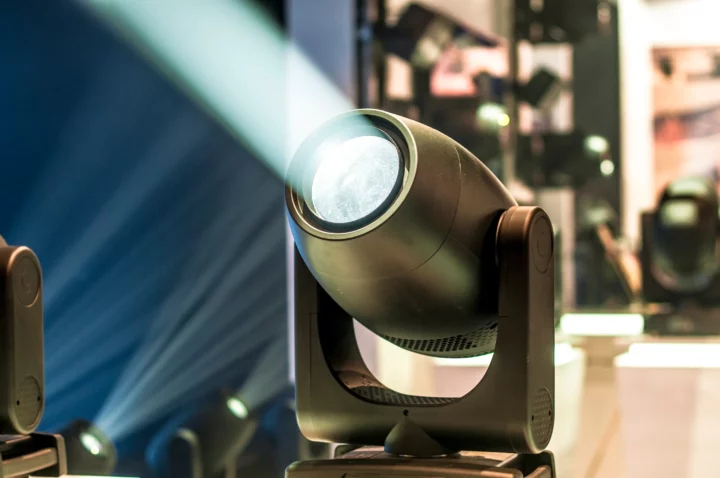Stage lighting is an important aspect of live performances in a stage, as it helps to set the mood, create atmosphere, and highlight the performers on stage. There are several types of lighting fixtures that are common in stage lighting design. Each type is designed for a unique purpose and function, so most stage lighting setups will include multiple types of lanterns. These fixtures may include:
Spotlights
These are focused, directional lights that are used to highlight specific areas or performers on stage. They can be adjusted to different beam widths and shapes, and are often used to follow performers as they move around the stage.
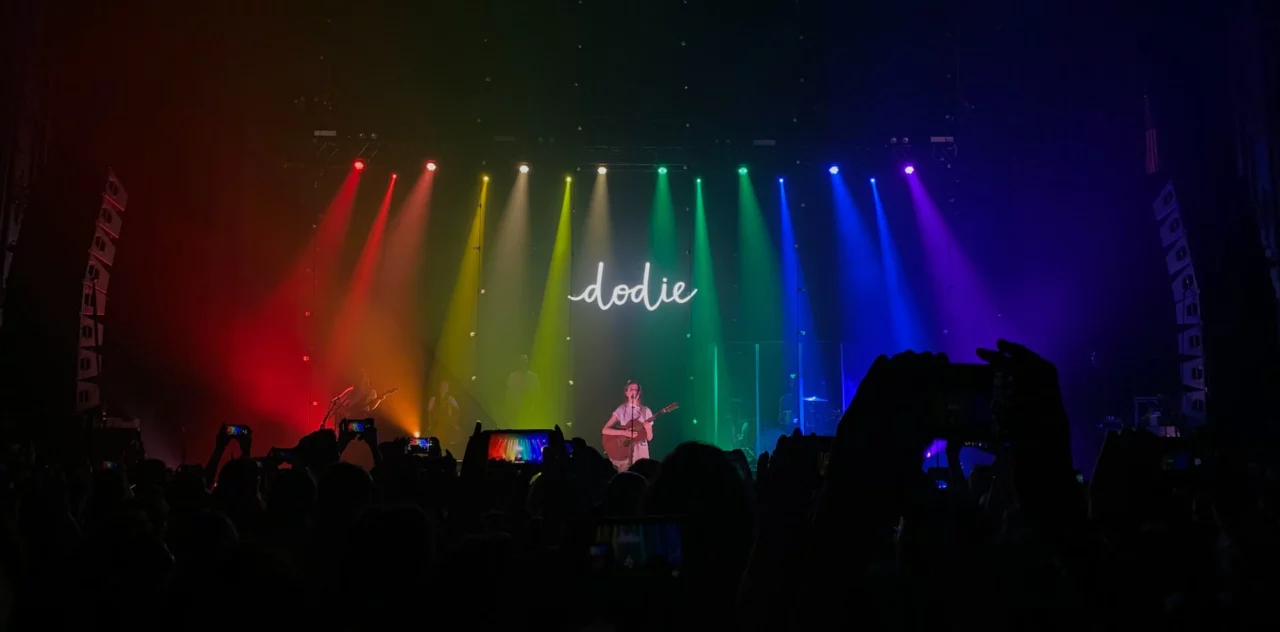
Floodlights
Floodlights are broad, wide-angle lights that are used to illuminate large areas of the stage. They are often used as backlights or to create a wash of light across the stage.

Followspots
A followspot is a type of spotlight, so it casts an intense, focused beam of light to give extra focus to a performer moving around onstage. These lights are especially useful when you aren’t sure what path a performer will take and need to respond in real time since they are traditionally operated manually. In addition to adjusting the positioning of the followspot, the operator can also adjust the size and the intensity level of the beam, and they can easily adjust the color with built-in panels.
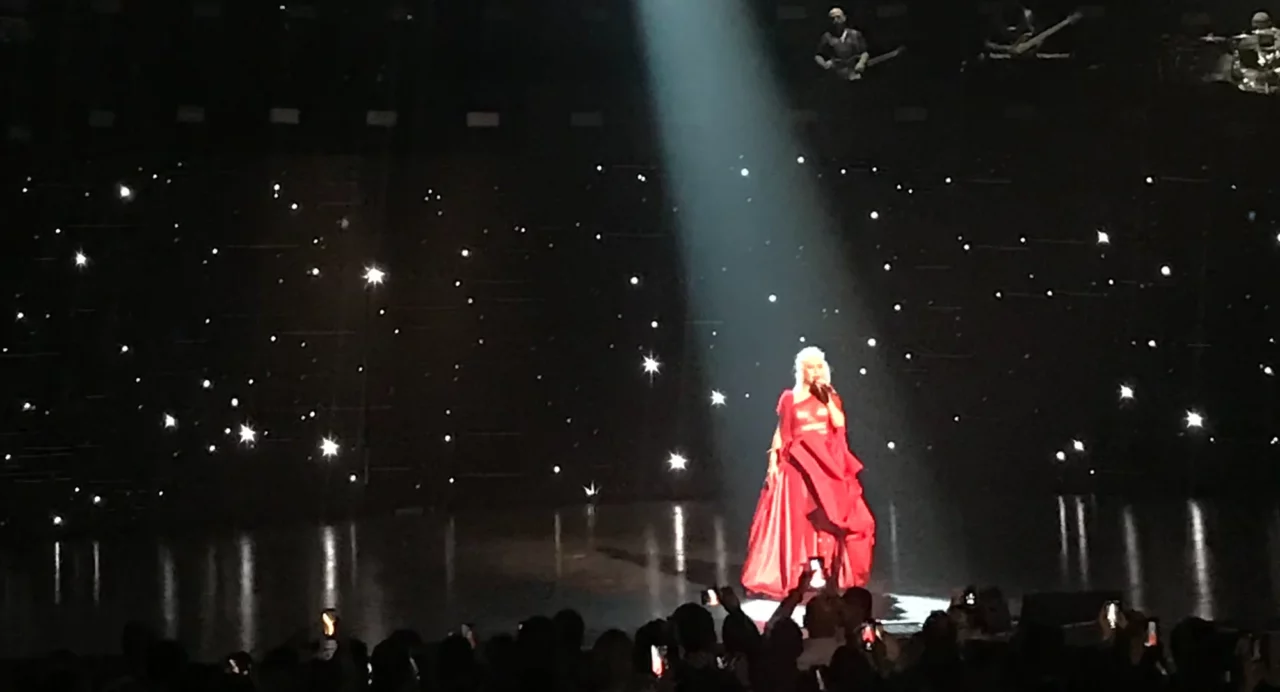
PAR lights
PAR (Parabolic Aluminized Reflector) lights are a type of floodlight that uses a reflector to focus the light beam. They are commonly used to create stage wash, backlighting, and special effects. These lights are similar to vehicle headlights and are simplistic in their design. They don’t give you precision with focus or zoom options, but you can adjust them to create horizontal or vertical beams. You can choose from standard and LED options and can use gels to create colored lights.
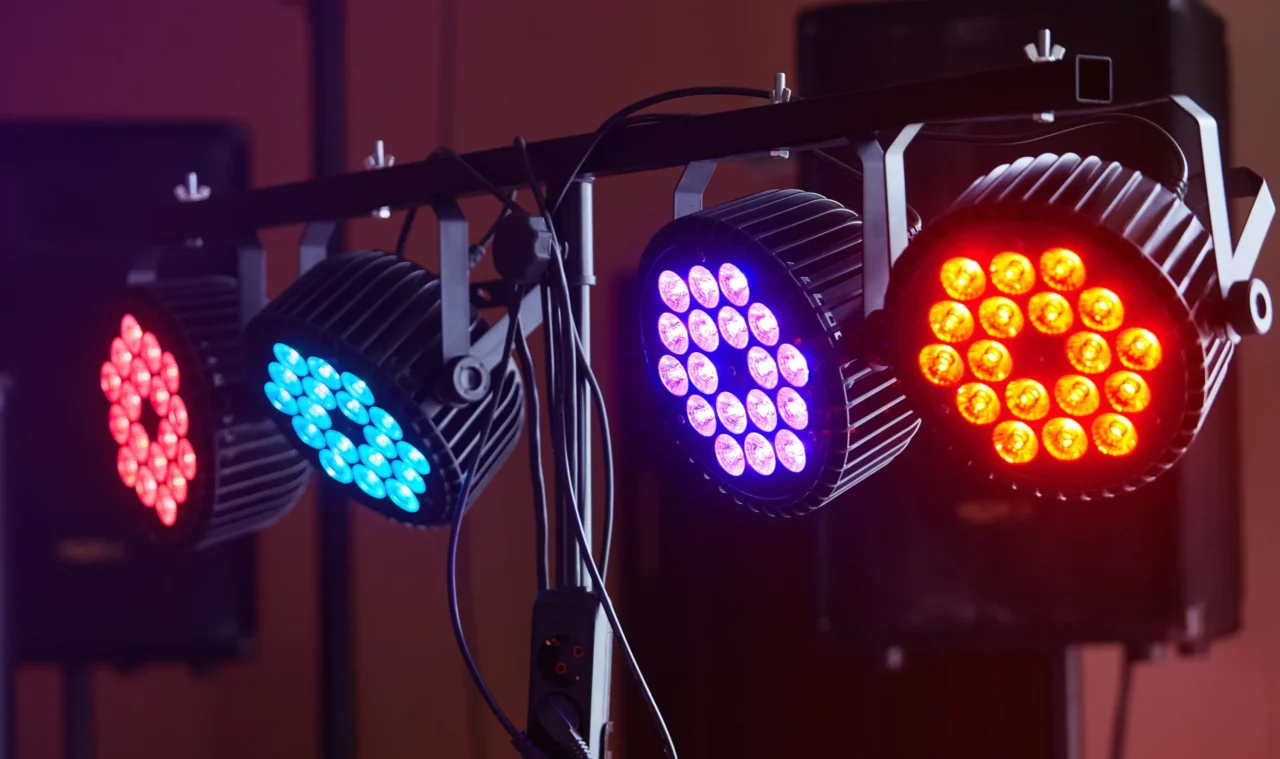
Strobe lights
Strobes are flashing lights that are used to create a sense of movement or disorientation on stage. They are often used in conjunction with other stage lights to create dramatic effects.
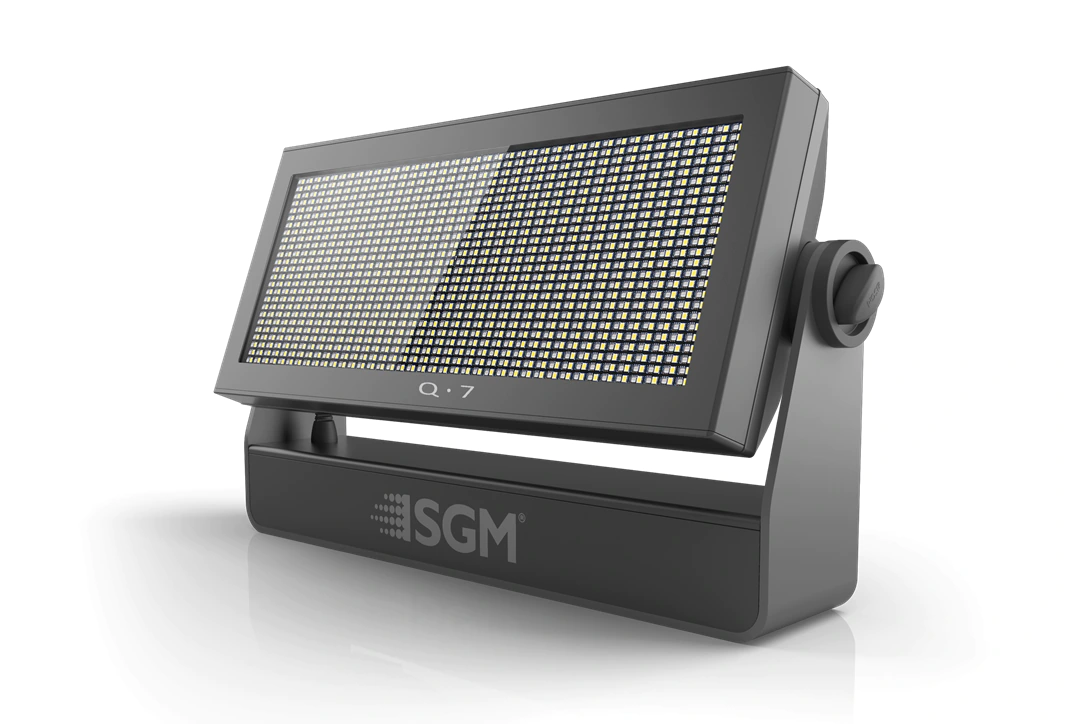
Strip Light
Strip lights can also be used as cyc lights, but these lights are wider than most cyc lights. They consist of multiple lamps arranged in a horizontal row. A strip light is what many lighting engineers use to add a large amount of color coverage to a stage. They can also allow you to mix colors. These lights come in both standard and LED varieties.
Lasers
Laser lights are used to create visual effects on stage, such as beams of light or patterns. They are often used in conjunction with other stage lights to create a more immersive experience for the audience.
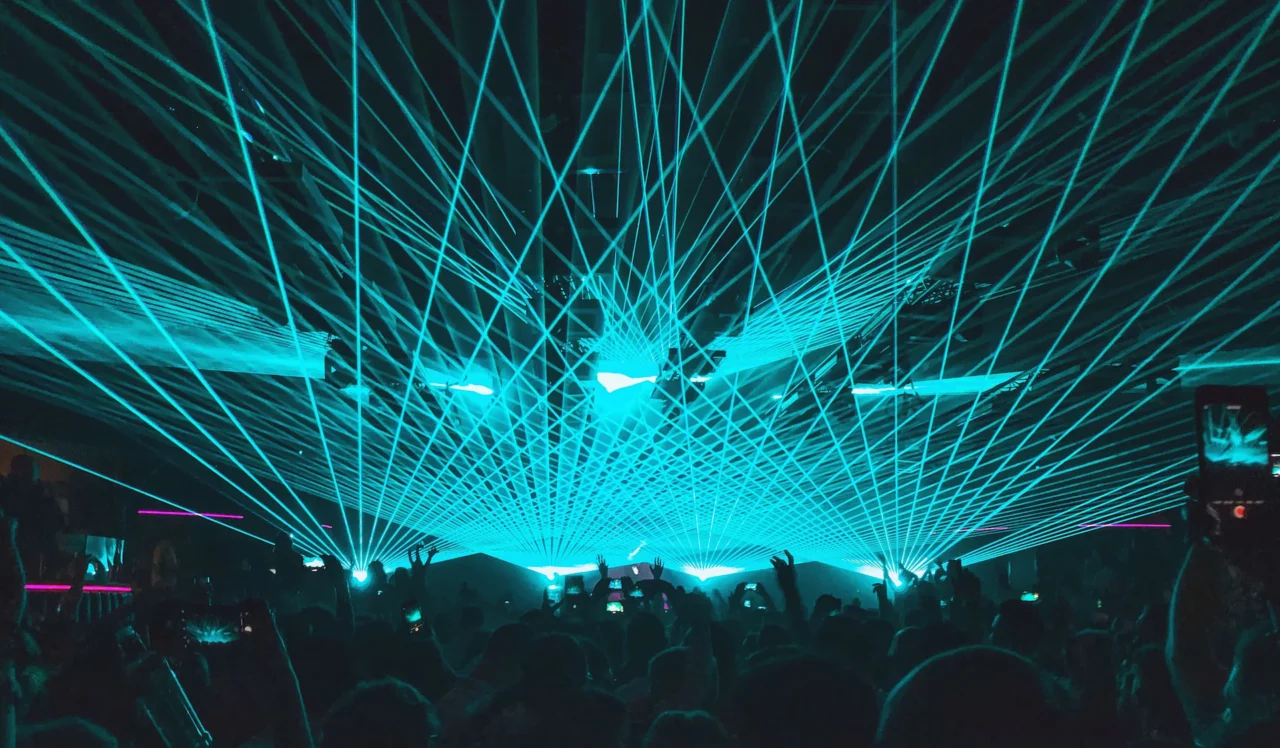
Ellipsoidal
An ellipsoidal reflector spotlight produces an intense, well-defined beam of light that is perfect for front lighting. You can adjust the focus with soft or sharp edges, use shutters to adjust the shape of the lighting and keep the light from bleeding into areas you want to remain dark. These lights can also hold gobos and gels so you can create patterns and colors with them.
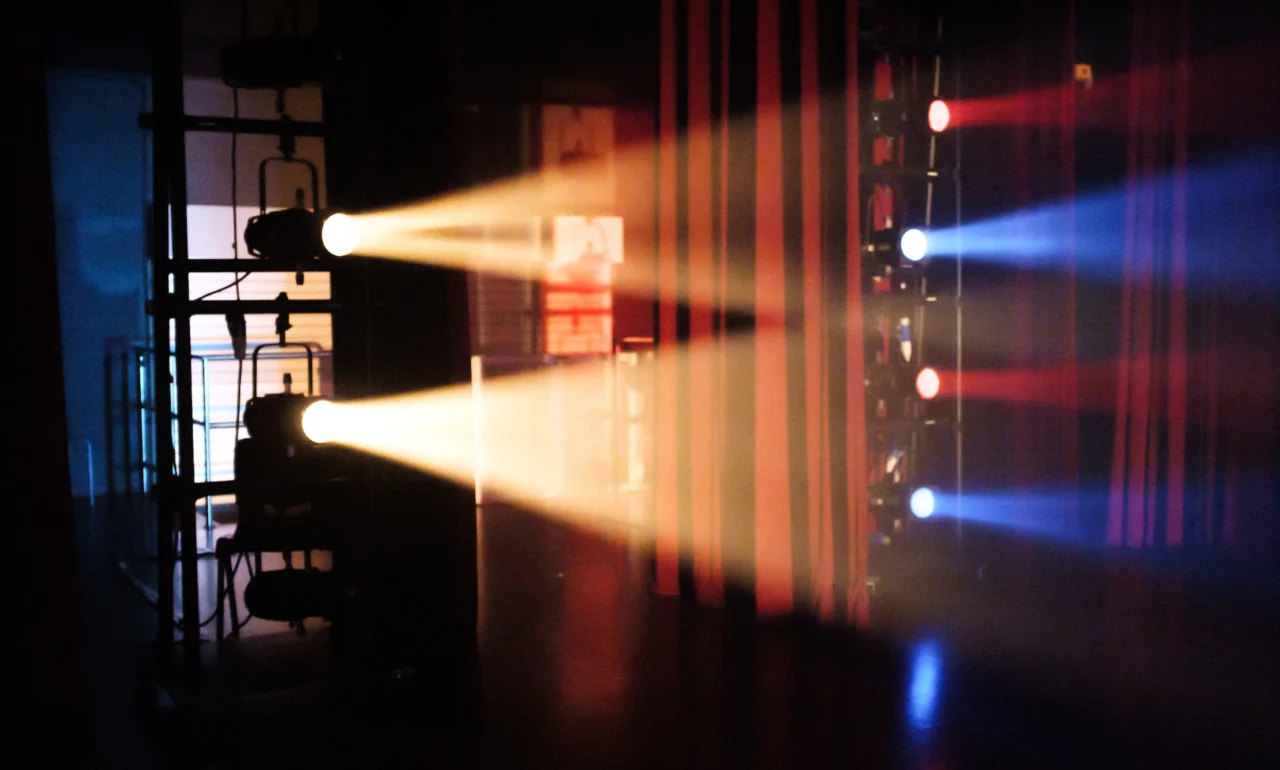
Fresnel
These lights are named after their inventor, Augustin Fresnel. What makes these lights unique is that they have a lens made of concentric rings. The light is brightest at the center ring and softens the closer it gets to the edges. These lights are a good choice for washes, though they can also produce more narrow beams of light with a soft edge. You cannot use shutters or patterns on these lights.
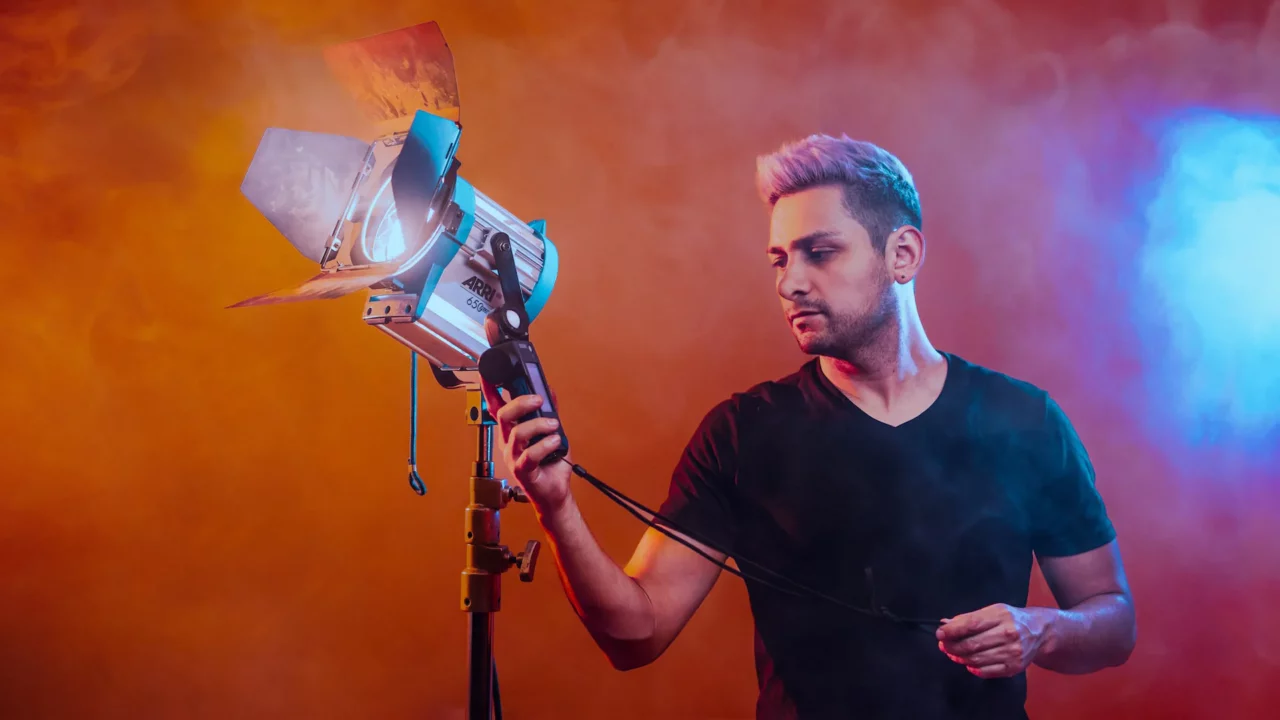
Cyc Light
Remember that a “cyc” is a large cloth backdrop. Accordingly, a cyc light is an open-faced fixture that gives an even wash of light over a cyc or another type of vertical surface. These lights can be positioned on the floor or hung close to the backdrop so they can effectively cover the backdrop in a sheet of light.
Overall, stage lights play a crucial role in any stage performance, as they help to create a visually appealing and immersive experience for the audience. Whether you are a performer, a lighting designer, or just an avid theater-goer, understanding the different types of stage lights and how they are used can enhance your appreciation of the art of stage lighting.
To better understand the topic of stage lighting, it helps to familiarize yourself with some stage lighting names for items and concepts that commonly come up in this field:
- Lantern: Though you may simply hear them referred to as lights or lighting fixtures, the lighting units used in stage lighting are also commonly called lanterns. In Europe, the more common term is luminaire.
- Lamps: Lamp is the correct term for what you may call a light bulb in a domestic lighting context. In stage lighting, the bulbs that go into light fixtures are consistently called lamps.
- Wash: A wash, also known as a fill, is a wide swath of lighting that provides consistent coverage across a stage. Floodlights are typically used to create a wash.
- Intensity: Intensity is the term lighting professionals use to describe a stage light’s level of brightness. A more intense light will draw more electrical power. Decreasing the electrical supply causes the light to become dimmer, or lower in intensity.
- Diffusion: Diffusion is the process of dispersing light to soften it. A diffused light is the opposite of an intense beam with hard edges. Lighting engineers can use diffusion material, which is like a colorless gel, to soften the light.
- Barndoors: Barndoors are sets of either two or four metal flaps that affix to the front of a stage light to cast a widespread, soft beam of light. The barndoors shape the light and create a harder edge where the light stops so the beam won’t illuminate areas you would prefer to remain dark.
- Shutters: Shutters are similar to barndoors, but they are built into ellipsoidal lighting fixtures. By moving the shutters, you can manipulate the shape of the light and block certain areas.
- Gel: A gel, also called a color filter, is what lighting professionals use to change the color of a beam of light. Gels consist of clear sheets with a translucent colored sheet of plastic in the middle. By sliding different gels into the color frame on a light, you can use the same light to cast many different colors.
- Gobo: A gobo, also called a pattern, is a thin metal disc with a pattern cut out, like a stencil. By placing the gobo in a holder in front of a light source, the light will cast a pattern on the stage. This pattern could create an image, like a city skyline, or it could simply add some texture to the light.
- Cyclorama: A cyclorama, or a “cyc” for short, is a large cloth backdrop used on a stage. It’s typically concave, stretching in an arc from one side of the stage to the other. You can use lighting equipment to project light or images onto the cyclorama.
